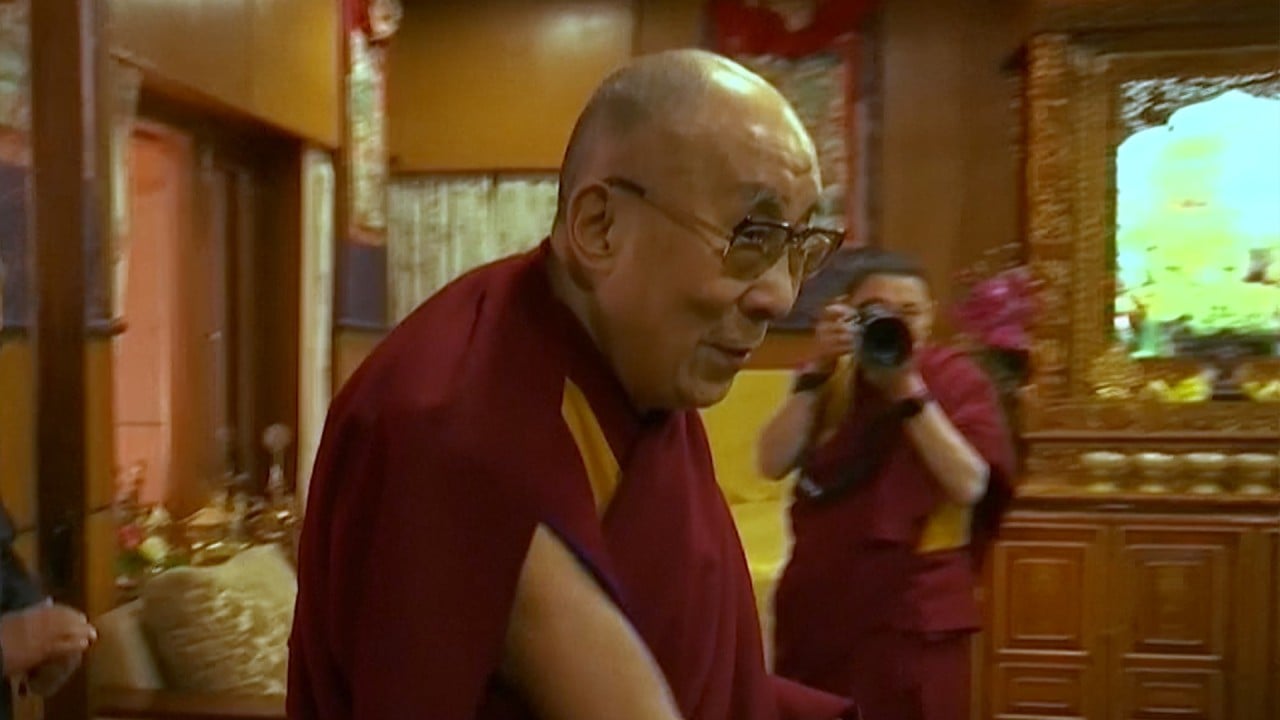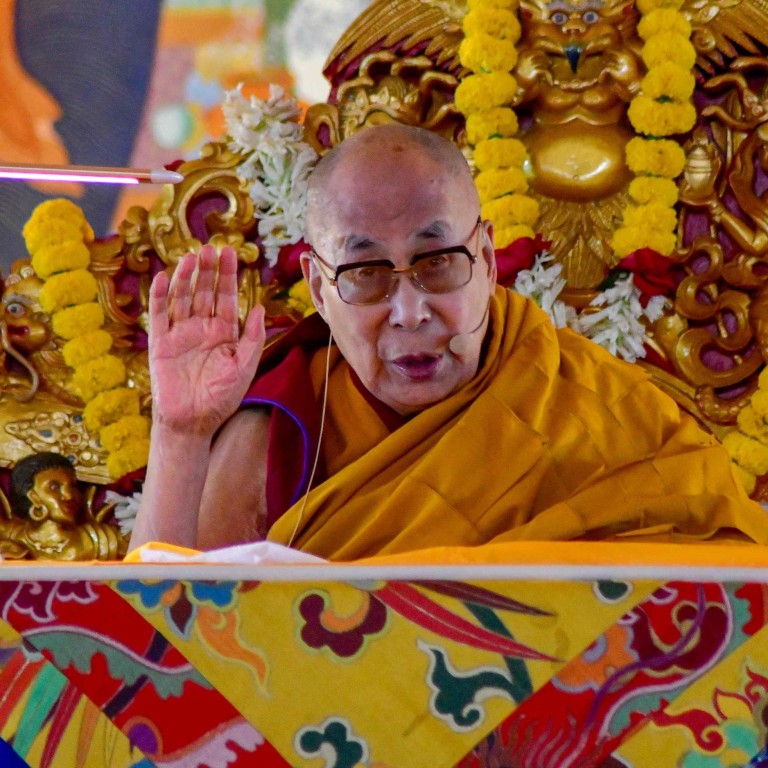
Will Tibetans’ ‘middle way’ China approach preserve peace in Himalayan region?
- The Dalai Lama’s ‘middle way’– not going to extremes – does not demand independence from Chinese rule but urges a high degree of autonomy
- The 87-year-old Tibetan spiritual leader is regarded as a separatist by Beijing, which strongly opposes international engagement with him
The 87-year-old Buddhist leader needed help to ascend the stage, but his mind was sharp and he spoke without hesitancy during his hour-long sessions.
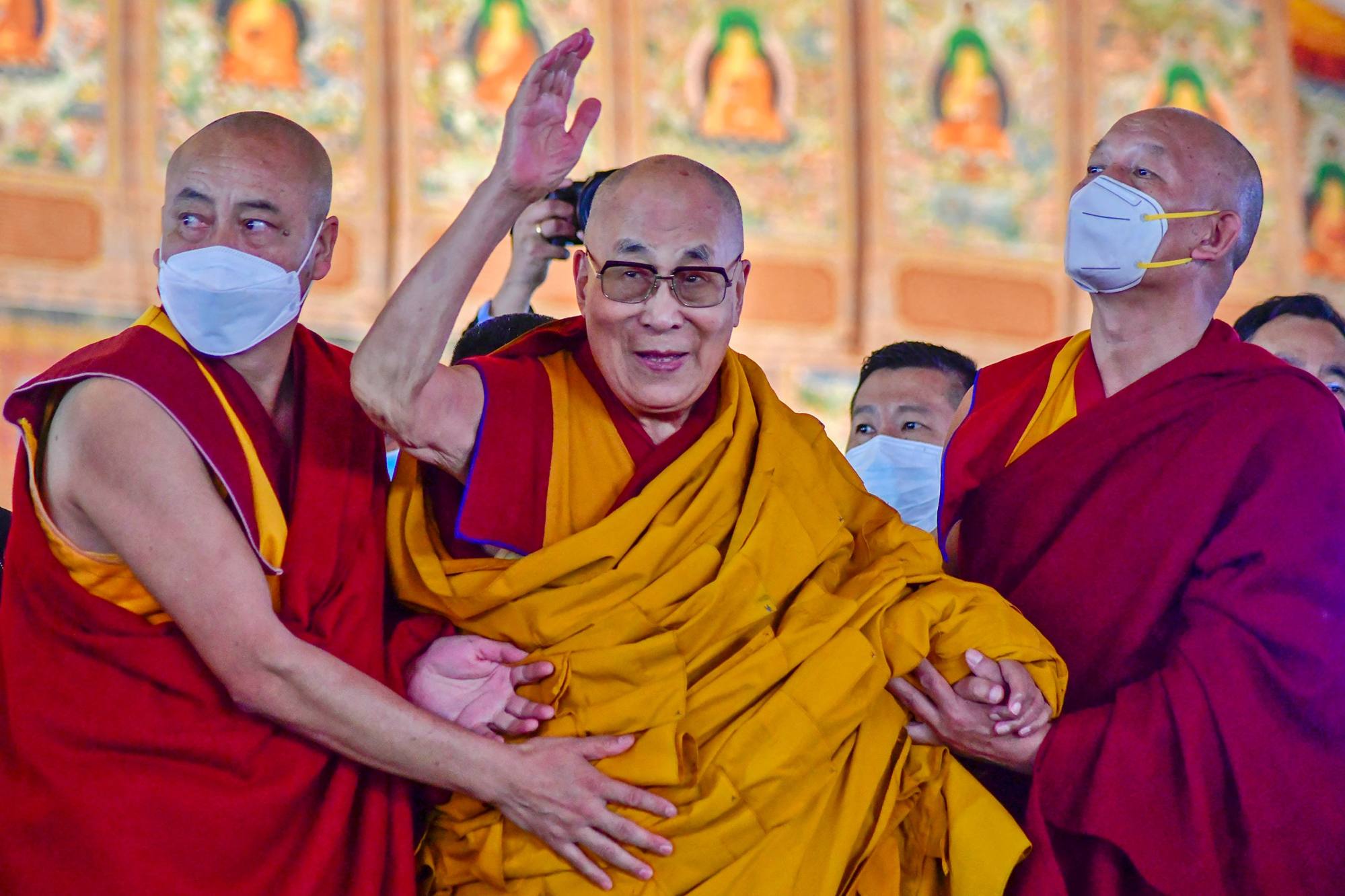
“When Tibetans had to seek refuge in India because of China, His Holiness took the opportunity to spread the teachings of the Buddha with his own brand of compassionate Buddhism,” said Gonpo Dhundup, president of the Tibetan Youth Congress.
Tibet has been a decades-long headache for Beijing since the Dalai Lama broke with the Chinese leadership and fled to India in 1959. The Tibetan spiritual leader is regarded as a separatist by Beijing, which strongly opposes international engagement with him.
Modi sends birthday wishes to Dalai Lama amid strained India-China ties
While many rights activists in the West often campaign for a free Tibet, the Dalai Lama has been promoting a “middle way”– not going to extremes – in line with Buddhism’s core teachings.
The “middle way” does not demand independence for Tibet from Chinese rule, but encourages a high degree of autonomy for the three provinces of Tibet within the framework of China.
The Central Tibetan Administration (CTA) shares the same view and said that for Tibetans, it would mean the protection and preservation of their culture, religion and identity. For China, it would mean security and territorial integrity of the nation. For neighbouring countries and other third parties, it would mean peaceful borders and good international relations.
Professor Geshe Ngawang Samten, vice-chancellor of the Central Tibetan University in Sarnath in India, said that the Dalai Lama’s teachings had worldwide appeal “because he is very rational, his mind is very scientific”.
Samten said the Dalai Lama promotes Buddhism by advocating understanding and the providing of solutions such as changing one’s line of thought, a social system or the education system.
“That is what people appreciate. He is not in favour of propaganda and propagation of Buddhism,” said Professor Samten.
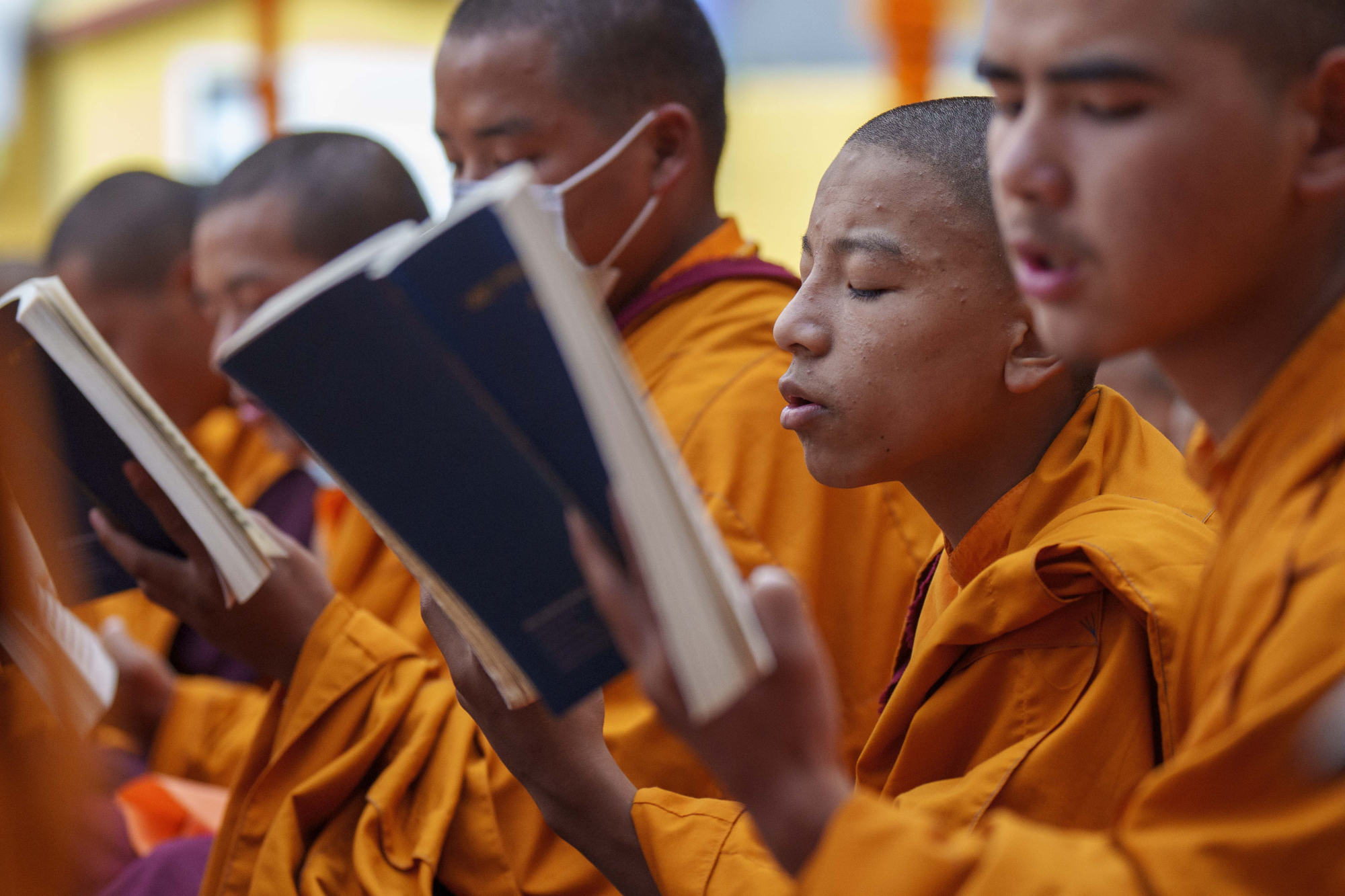
Today, Dharamsala in northwestern India, where the Dalai Lama has lived for more than 50 years, is the nerve centre of Tibetan Buddhism, where the CTA was established to oversee the well-being and rehabilitation of Tibetan refugees.
Under its supervision, Tibetan settlements, monasteries, schools and healthcare facilities have been set up across India and overseas in the last 60 years.
“[The] culture is vibrant, and cannot necessarily restrict to specific regions and territories,” said CTA spokesman Tenzin Lekshay.
“Most importantly, the language and Buddhism are the main components of Tibetan identity, which are not only being preserved by the Tibetans but also being promoted in Himalayan regions, who have had cultural ties with Tibet for millennia.”
Yeshi Chomby, a monk in training at the Sera Jey Tibetan monastery in South India, was born to Indian parents and identifies as an Indian of Tibetan descent.
“Himalayan people like me from Arunachal, Sikkim, Ladakh, Bhutan, Nepal, have a very important responsibility to protect and spread the Tibetan Buddhist tradition and spread the message of non-violence to the world,” he said.
Chomby is confident that Buddhist monks of the Tibetan tradition, protected by the Indian constitution, “have a bright future in India”.
Modi sends birthday wishes to Dalai Lama amid strained India-China ties
Dhundup of the Tibetan Youth Congress is also confident that the network of Tibetan institutions established across India in recent decades “will give security” to people like him beyond the life of the current Dalai Lama.
But some young Tibetans are unsure if the Dalai Lama’s middle way can succeed. “We at the Tibetan Youth Congress feel we have a moral right to ask for Tibetan independence from China,” Dhundup said. “[Either] complete independence or the middle way, it has to be for the betterment of the Tibetan people.”
Tibetan writer and activist, Tenzin Tsundue, who has lived in Dharamsala for four decades, said “the demand for autonomy is a clever projection of an aspiration which doesn’t seem extreme, which seems doable. But for me, as a Tibetan, I want independence of Tibet”. He noted that while the Dalai Lama talks about autonomy, the “Chinese want to talk about his reincarnation”.
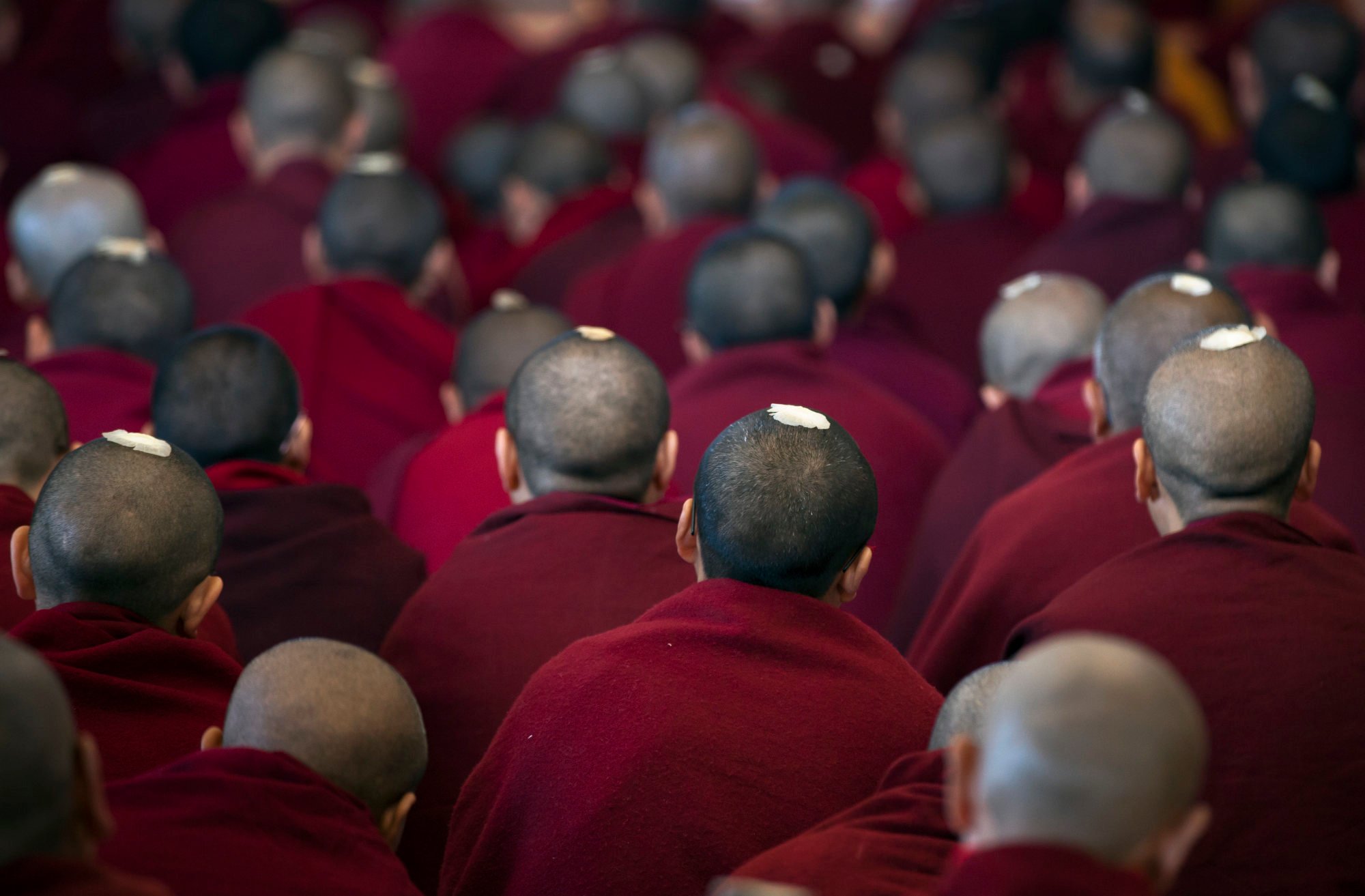
CTA welcomed this bill, and last year it also ran workshops for young Tibetans to enlighten them about the middle-way approach, as there are fears they may ditch the Dalai Lama’s non-violent stance after he dies.
Samten said Tibetan Buddhism became “a global kind of entity” after Tibet lost its independence. “We have the knowledge system and culture which we can share with the rest of the world”, he said.


